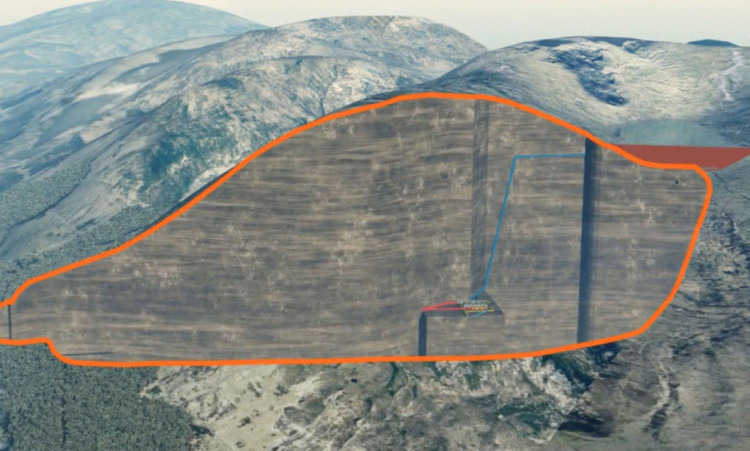Scotland’s renewable energy industry will today call for governments at Holyrood and Westminster to join forces to help unlock a £1 billion pipeline of investment in pumped storage hydro-electricity.
A sold-out conference to be held at Perth Concert Hall will hear calls for a new body to be established to lead the development of the only power storage mechanism which is proven to operate on a commercial scale.
Delegates will hear how existing plans for new sites in Scotland would help create hundreds of jobs during construction and operation, and improve energy security.
But Scottish Renewables will also challenge parliamentarians to give more recognition to a technology, which acts “like a giant battery” by pumping water uphill then releasing it through turbines, not recognised by subsidy regimes.
The body’s senior policy manager, Joss Blamire, said the UK and Scottish Governments should create a panel to look at the opportunities offered by the systems.
Scottish Renewables has also written to both Scottish Energy Minister Fergus Ewing MSP and his UK counterpart Ed Davey MP to ask them to take action.
“A new generation of pumped storage has the potential to play a hugely important role in helping deliver a secure energy system for the UK, while also providing a number of other environmental and economic benefits,” Mr Blamire said.
“This tried and tested energy storage technology can also help facilitate our transition to a low-carbon future, ensuring that renewable energy can be stored when it is generated and used as required.
“The case for new pumped storage has never been stronger than it is today.
“That is why the renewables industry is calling on UK and Scottish Governments to establish an inter-governmental panel to consider how this technology should be supported for the benefit of the our energy security, environment and the consumer.”
Pumped storage plants already exist at Cruachan, on Loch Awe, and Foyers, on the south side of Loch Ness.
Further plants are planned for Cruachan and Coire Glas, near Spean Bridge, but the UK, which has a generation capacity of 3GW, trails behind European neighbours France (4.5GW), Germany (6GW) and Austria (8GW).
The technology works in the same way as existing hydro-electric schemes but can pump water uphill to a reservoir before allowing it to tumble downhill and through power-generating turbines.
Advocates say it “operates like a giant battery” by storing energy when it isn’t required and releasing it when needed.
Scottish Renewables’ conference will also focus on the benefits of community-owned hydro power, planning and deployment and financing developments.
